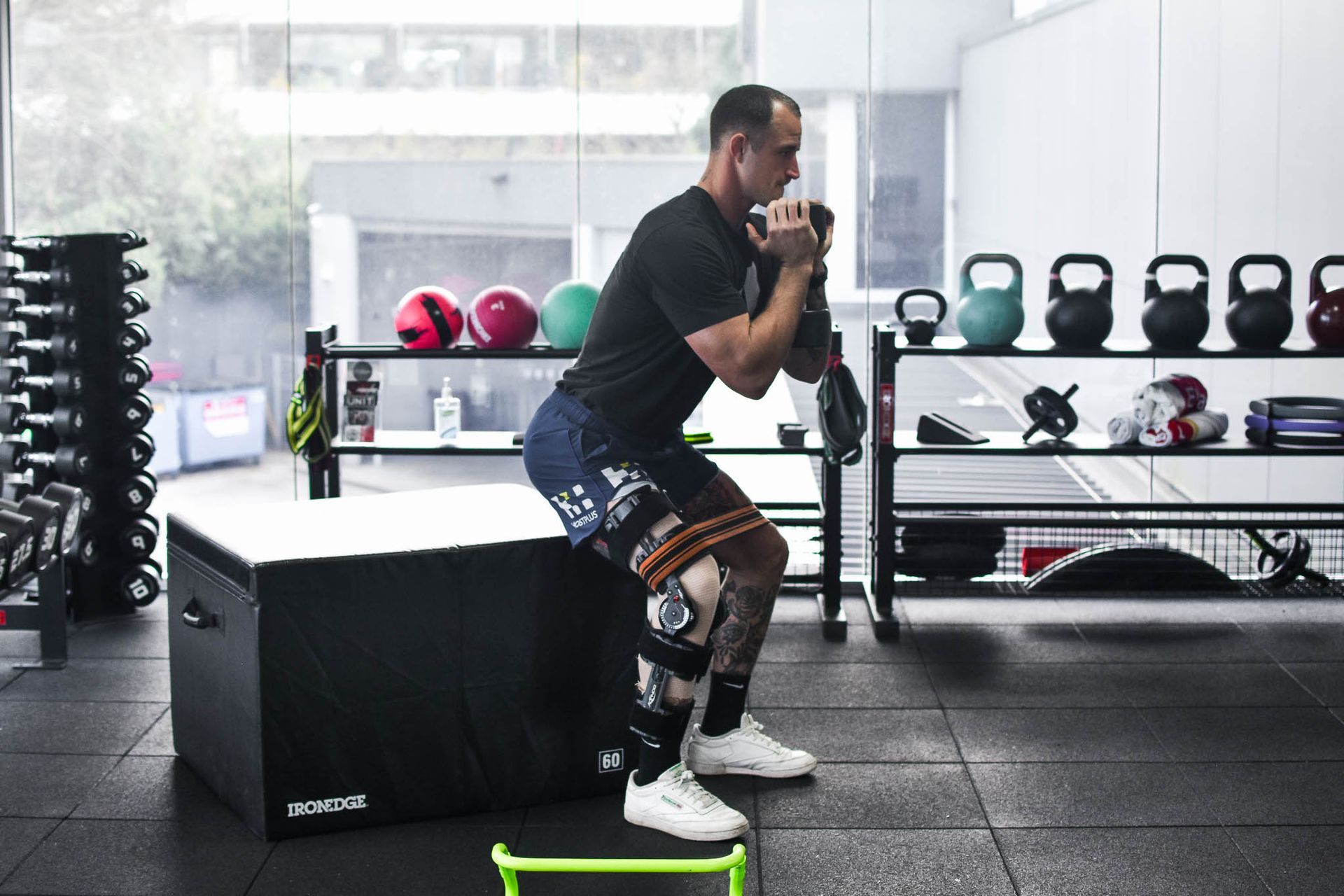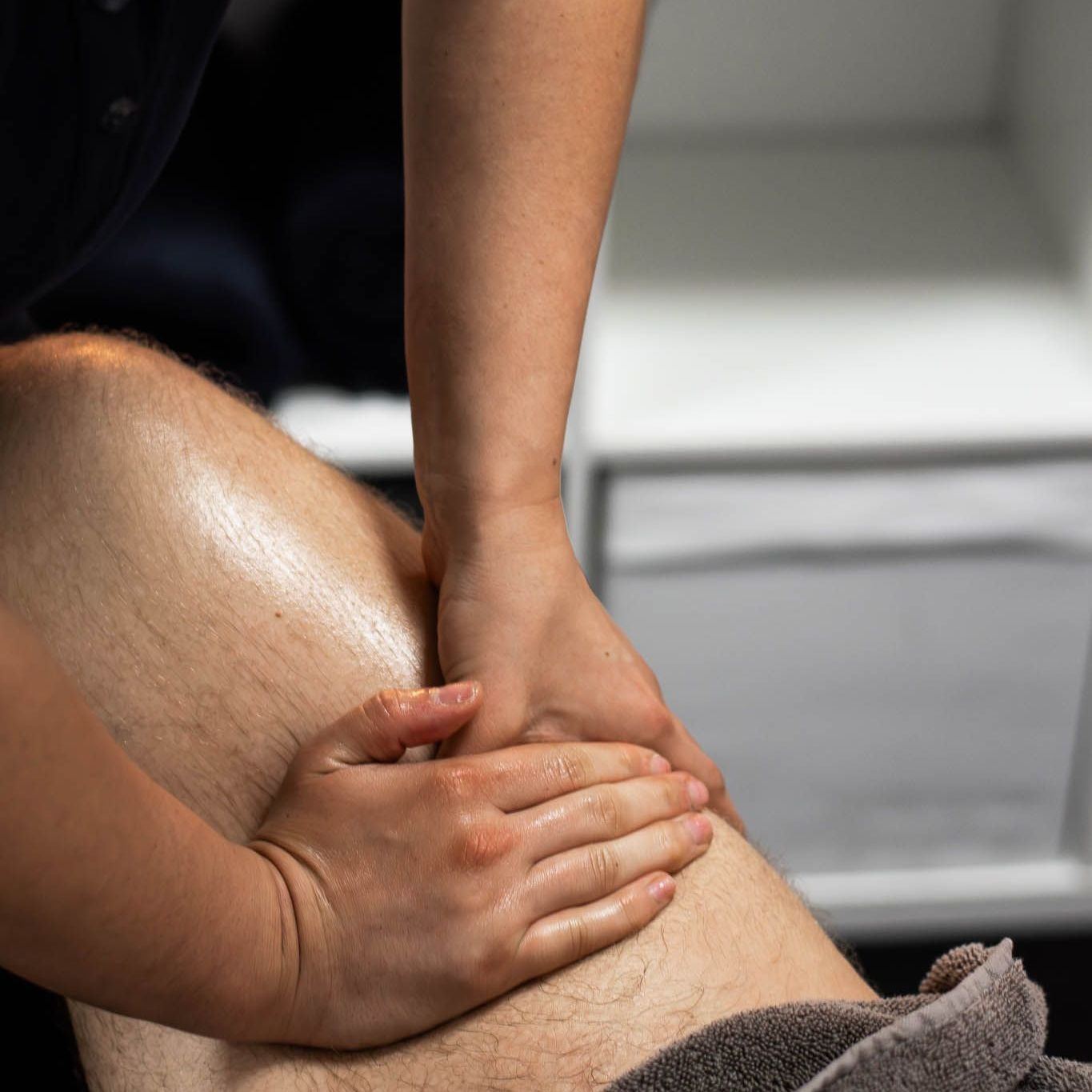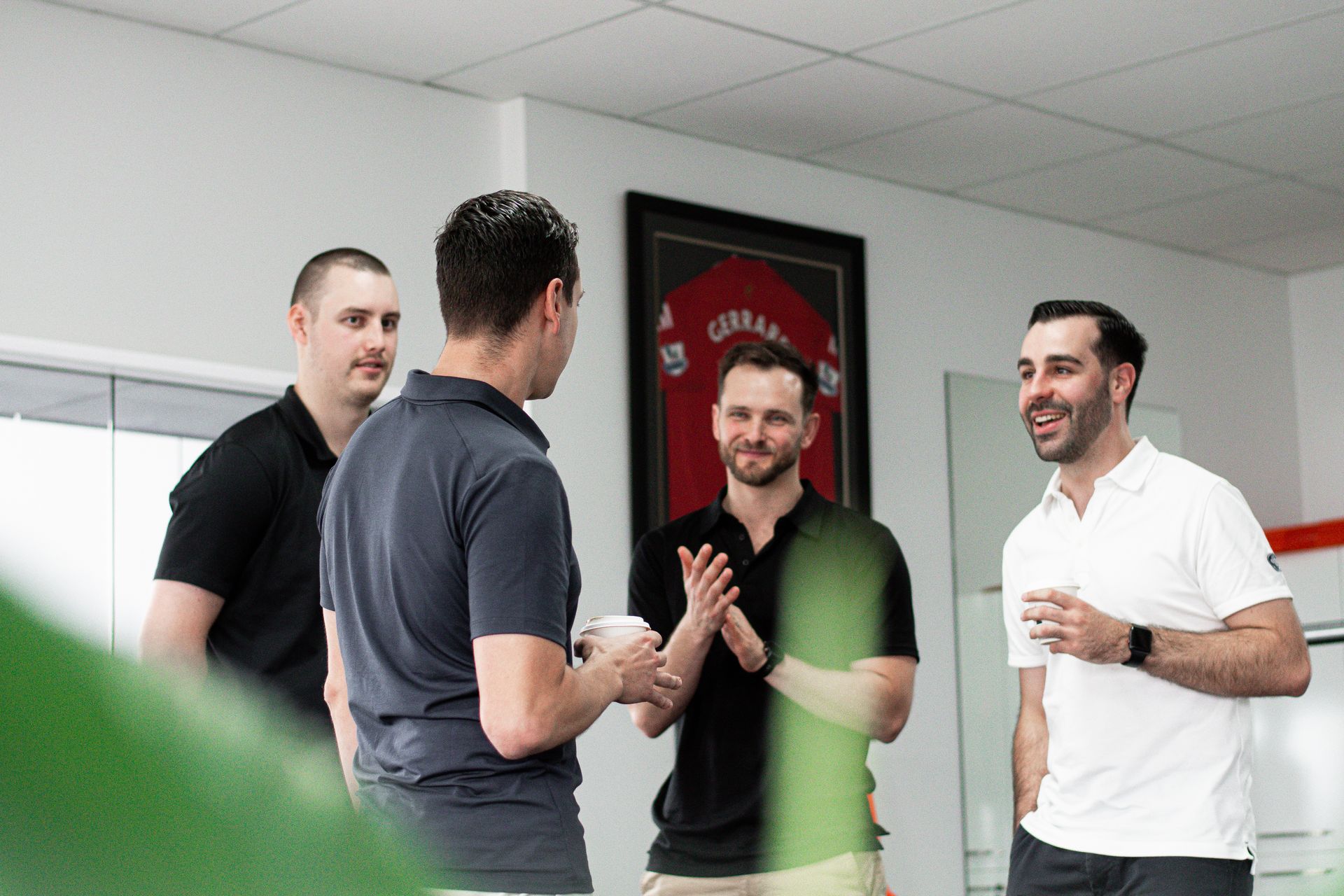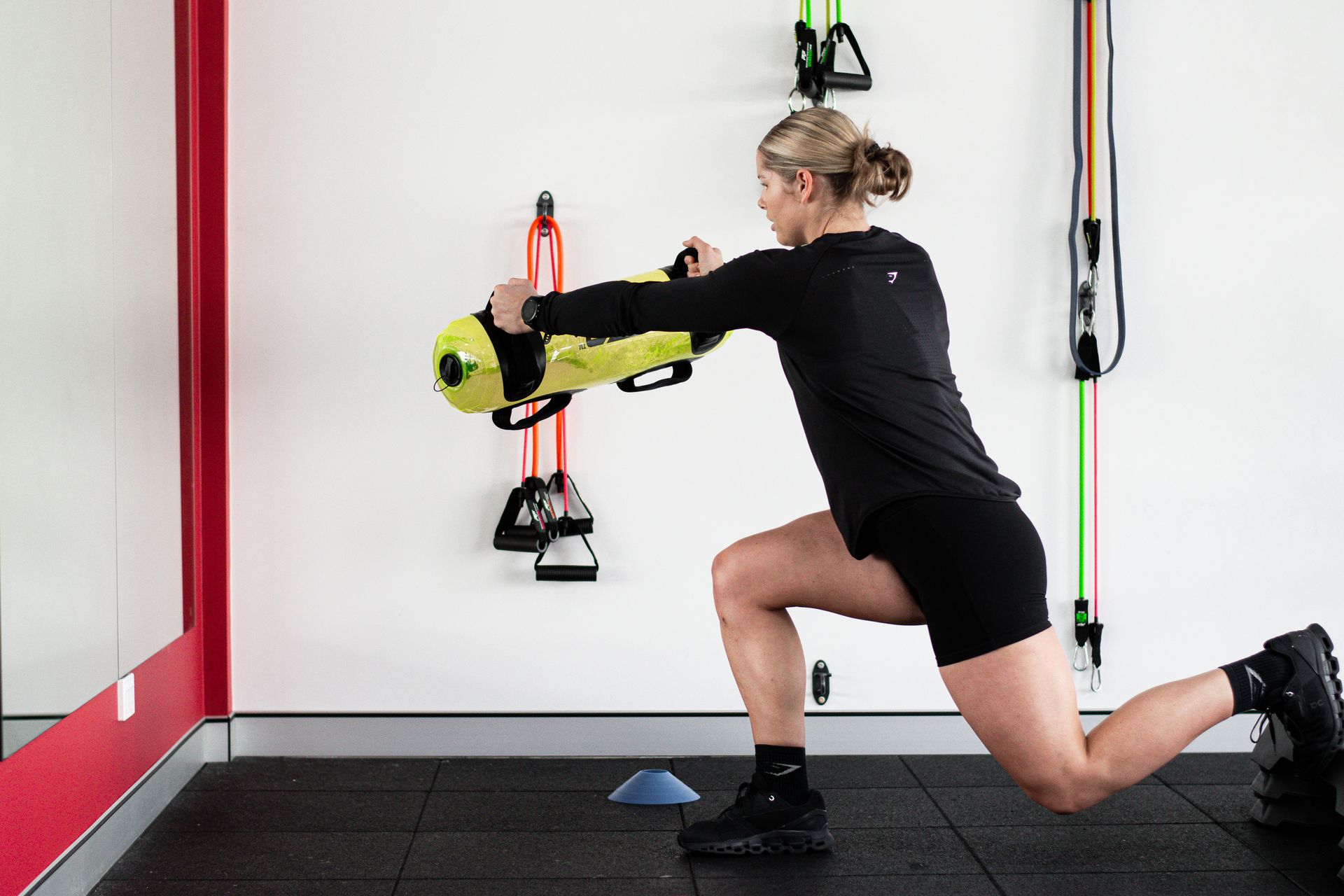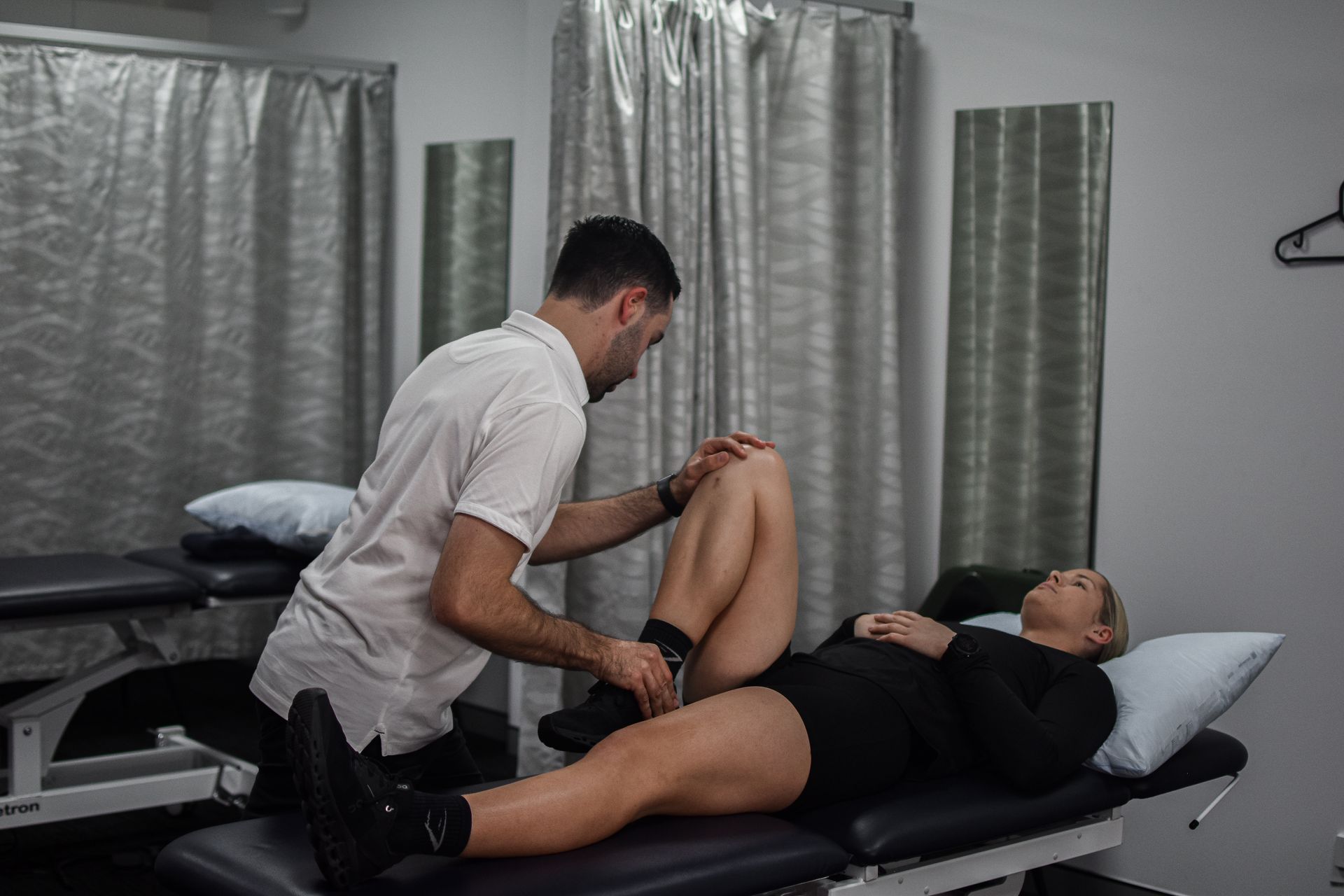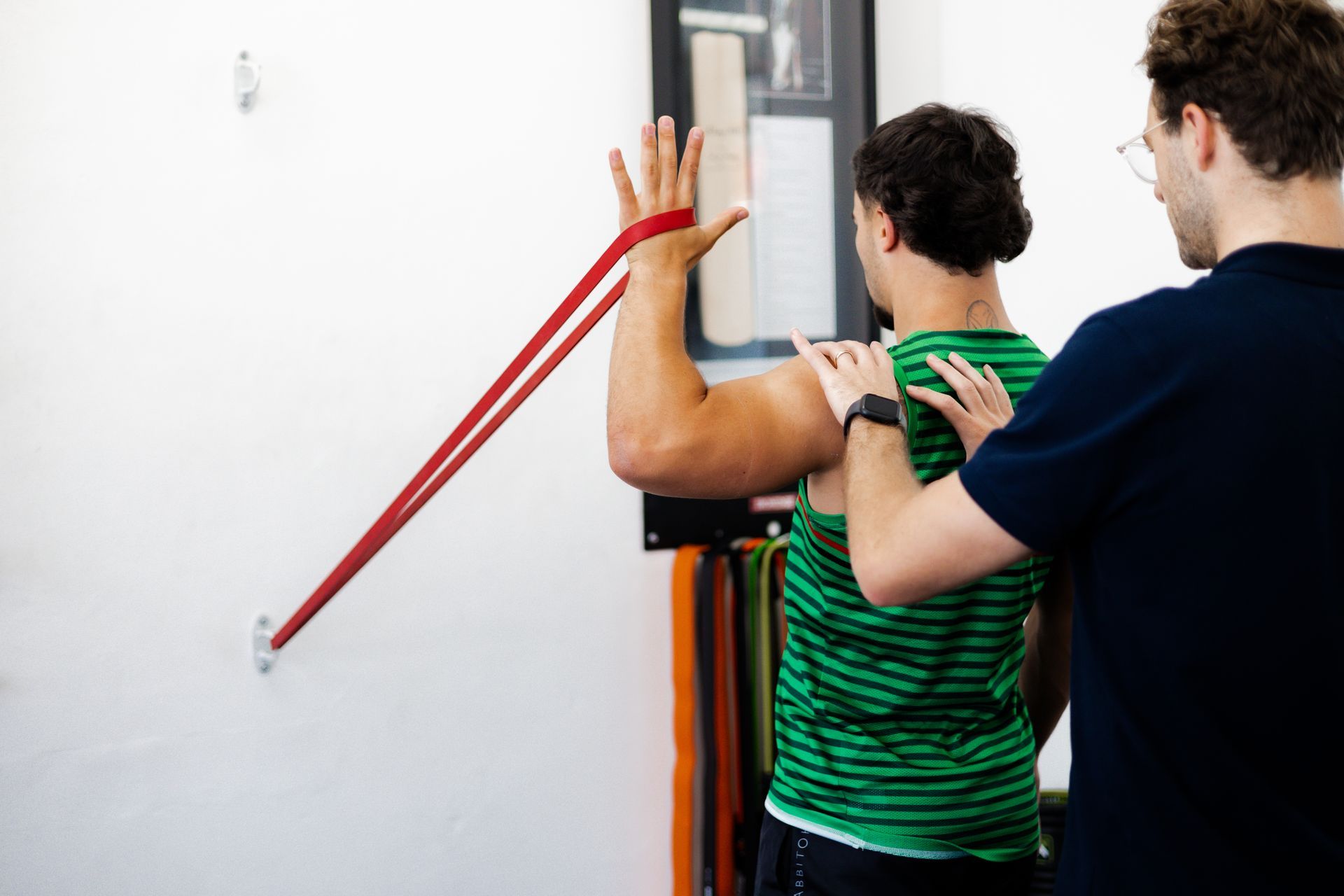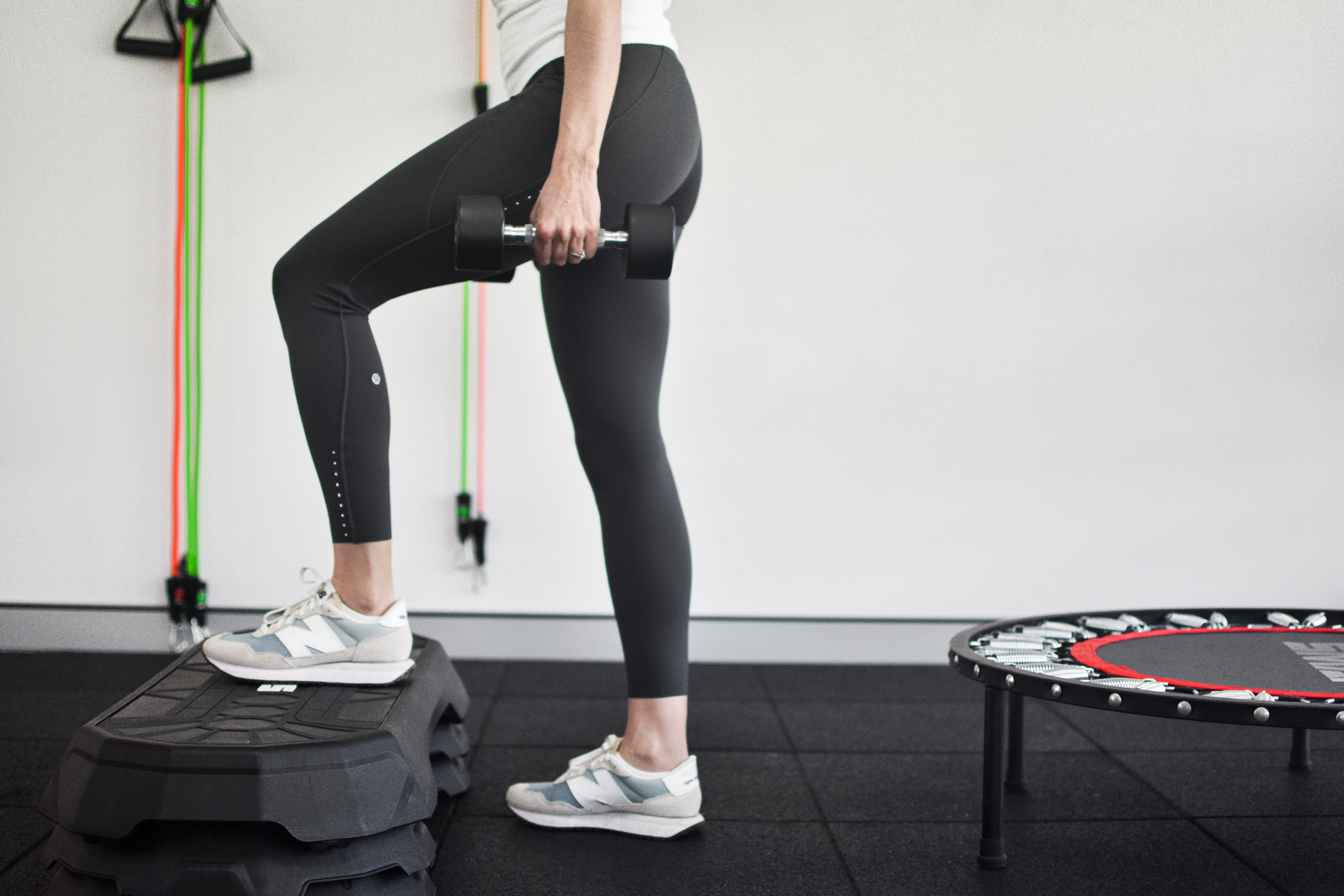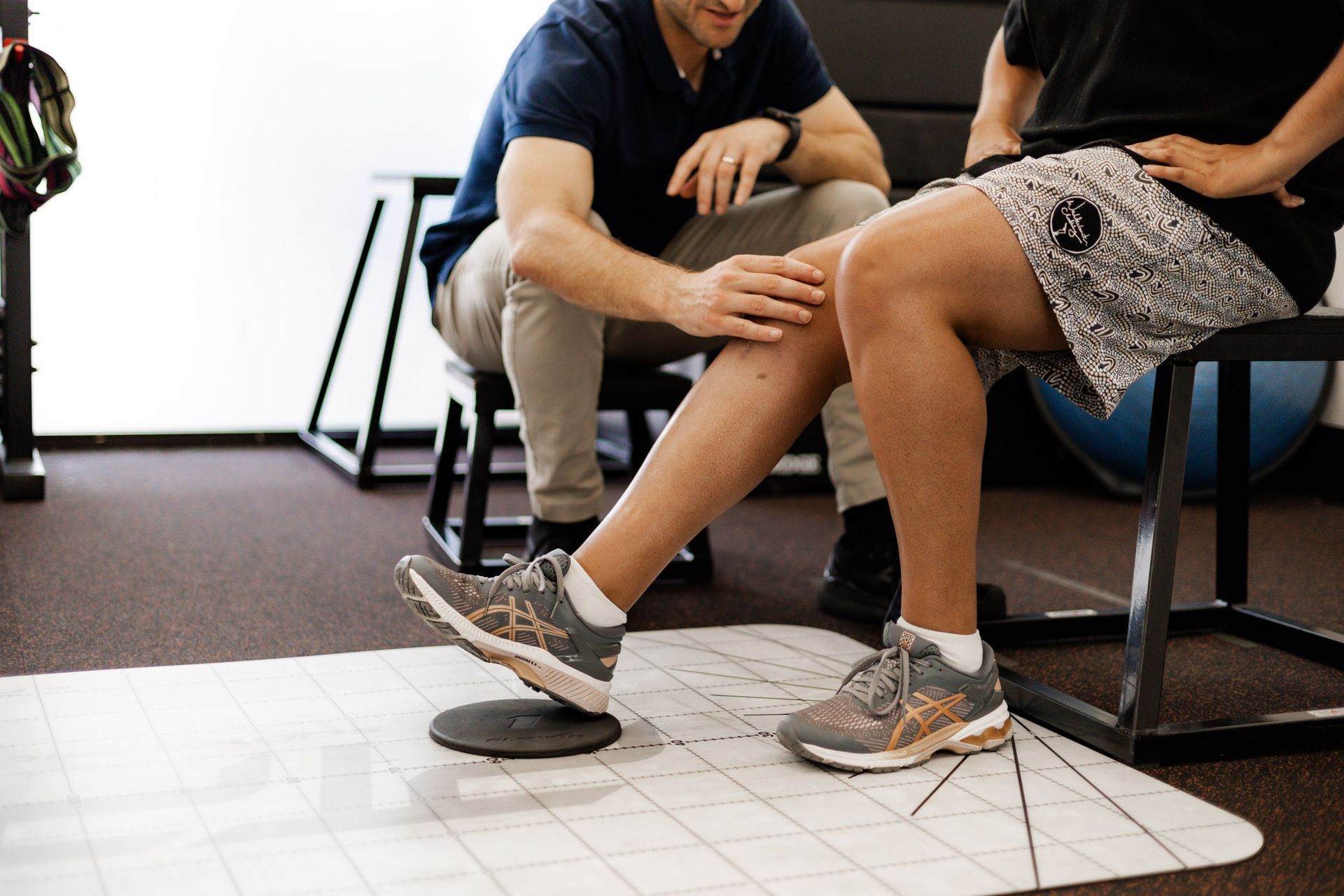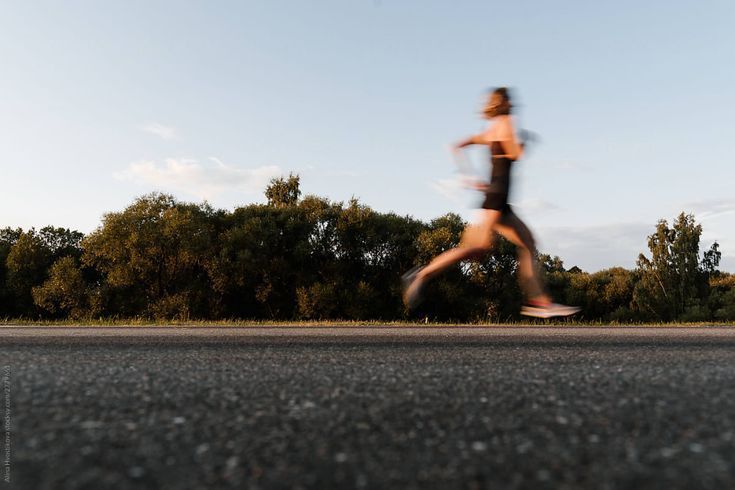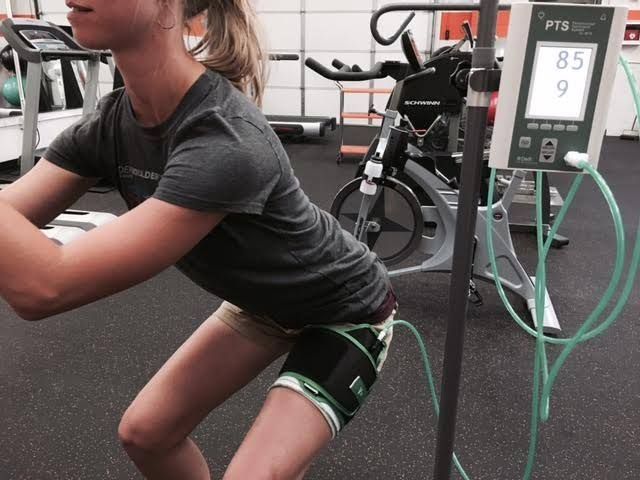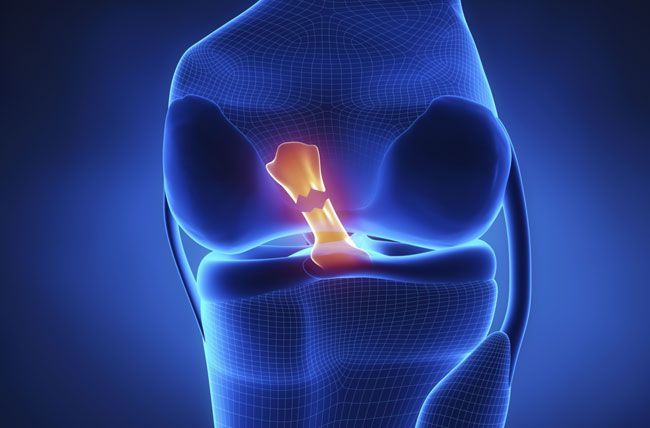Effective Treatment Of Osteoarthritis
Osteoarthritis
A recently published report from the Australian Commission on Safety and Quality in Healthcare (ACSQHC) reported that knee osteoarthritis (OA) treatment in Australia is falling well short of what is considered ‘best practice’. The report found in particular that knee arthroscopy surgery can cause more harm than good, providing no long-term benefits. This finding is supported by research which demonstrates that knee arthroscopies are no more beneficial than placebo procedures for knee OA (McAlindon et al 2014) . Conservative treatment (i.e physiotherapy) combined with a focus on promoting weight loss and becoming more active is best practice for managing hip and knee osteoarthritis. Joint replacements should only be considered as a last resort when other treatment options no longer provide adequate relief or progress.
Suffering from OA?
People suffering from OA often believe that their joint has worn out, (like the sole of a shoe), and avoid physical activity as it will only lead to further deterioration of the joint. The research evidence is conclusive in demonstrating that loading of a joint through exercise stimulates and promotes tissue regeneration, and is essential for joint health. Exercise based management has been proven to provide the following benefits for individuals suffering from symptoms of OA;
- Reduce overall pain levels,
- aid joint lubrication and nourishment
- ease your joint pain and stiffness
- improve flexibility
- build muscular strength
- improve your balance
- help you sleep better
- improve posture
- improve or maintain the density of your bones
- improve overall health and fitness
- lower stress levels
- improve your mood
- help you maintain a healthy body weight
Despite the clear evidence in favour of exercise as the best treatment of OA, the majority of Australians with knee OA do not participate in any form of exercise. Exercise also has additional benefits for those suffering from OA, beyond reducing pain and increasing function in an arthritic joint. Two in three people with OA have other comorbidities, such as diabetes and cardiovascular disease. Exercise has been demonstrated to be the optimal treatment for a number of such chronic diseases due to its anti-inflammatory effects. Although exercise may not be considered the “easy” option, it has the strongest evidence for treating OA and is associated with many other health benefits (Skou et al. 2018).
Our highly skilled physiotherapists at Redfern Physiotherapy and Sports Medicine are committed to helping all of our clients in pain. So, If you think you may have knee or hip OA, our Physiotherapists are able to provide you with an individualised exercise program targeted to your needs and preferences., as we understand that not all knee injuries are the same. We are able to supervise you doing your exercises to promote self-efficacy and confidence in managing your OA in the future.
